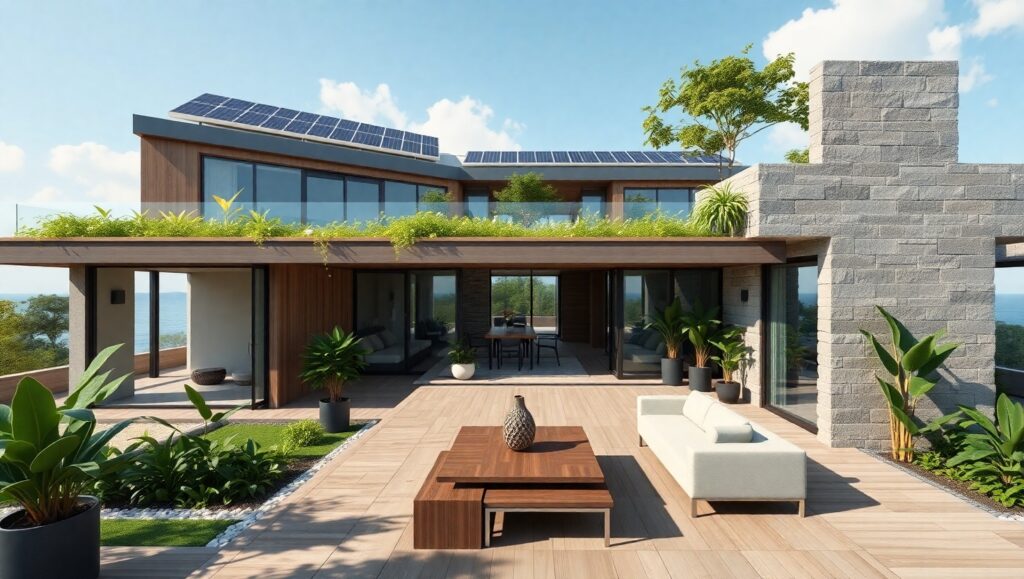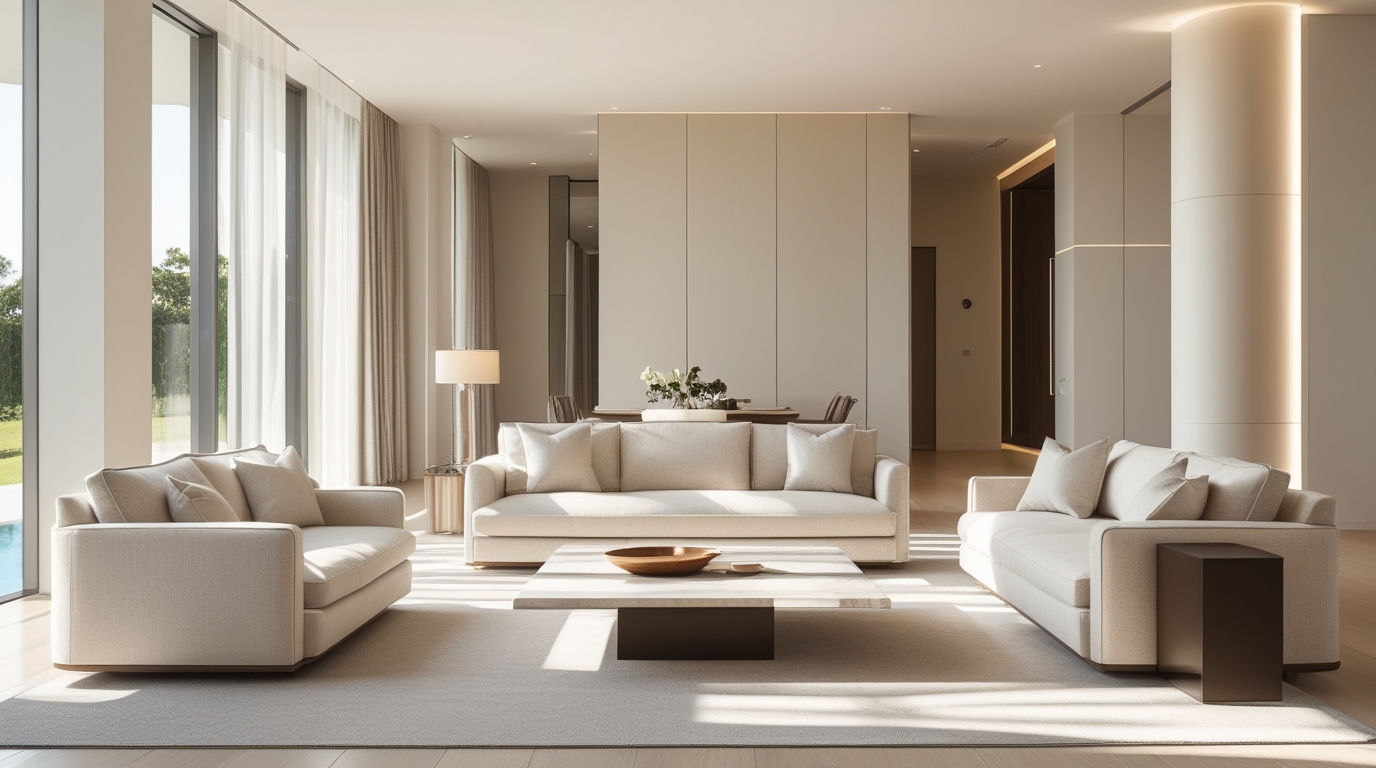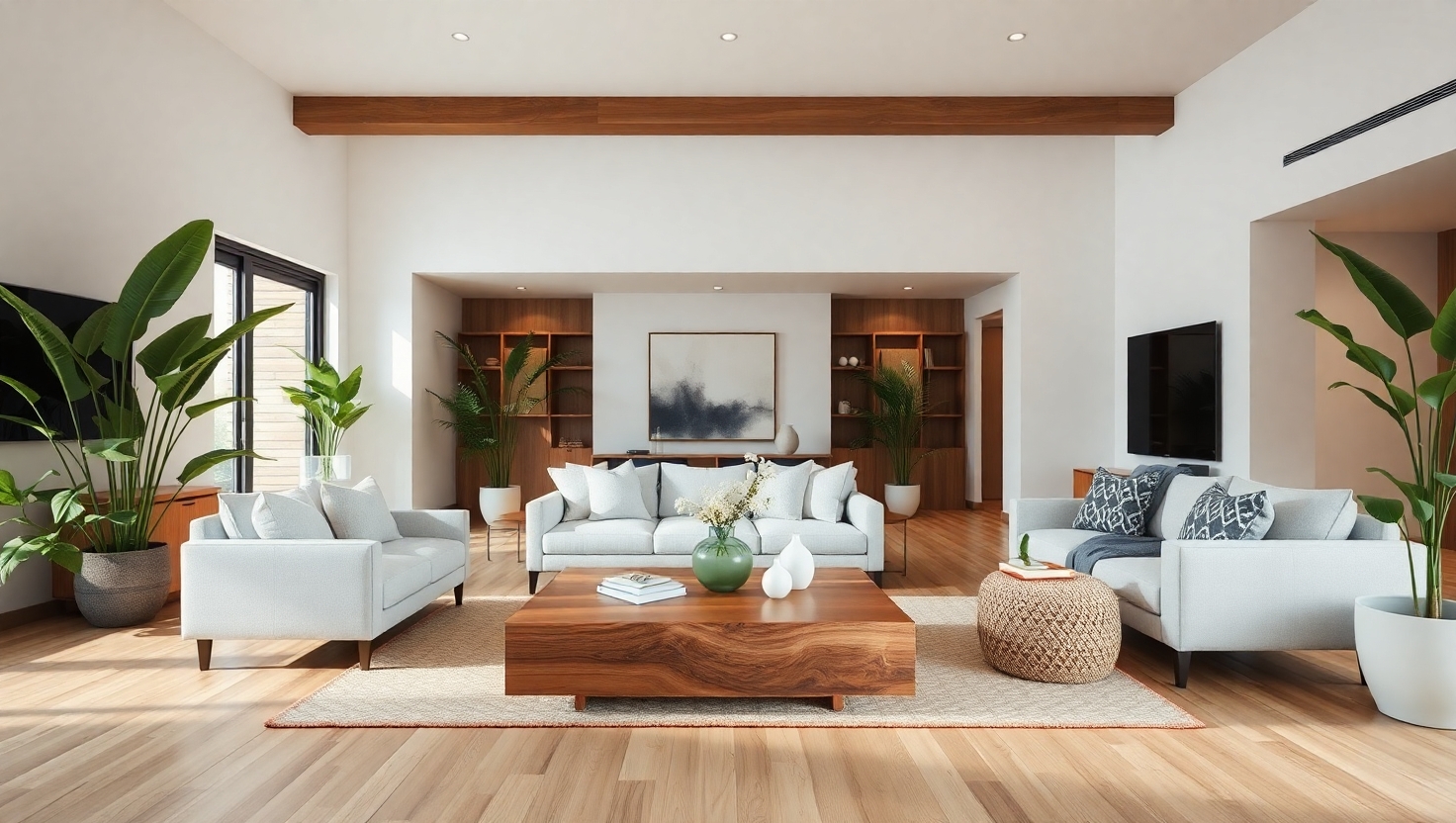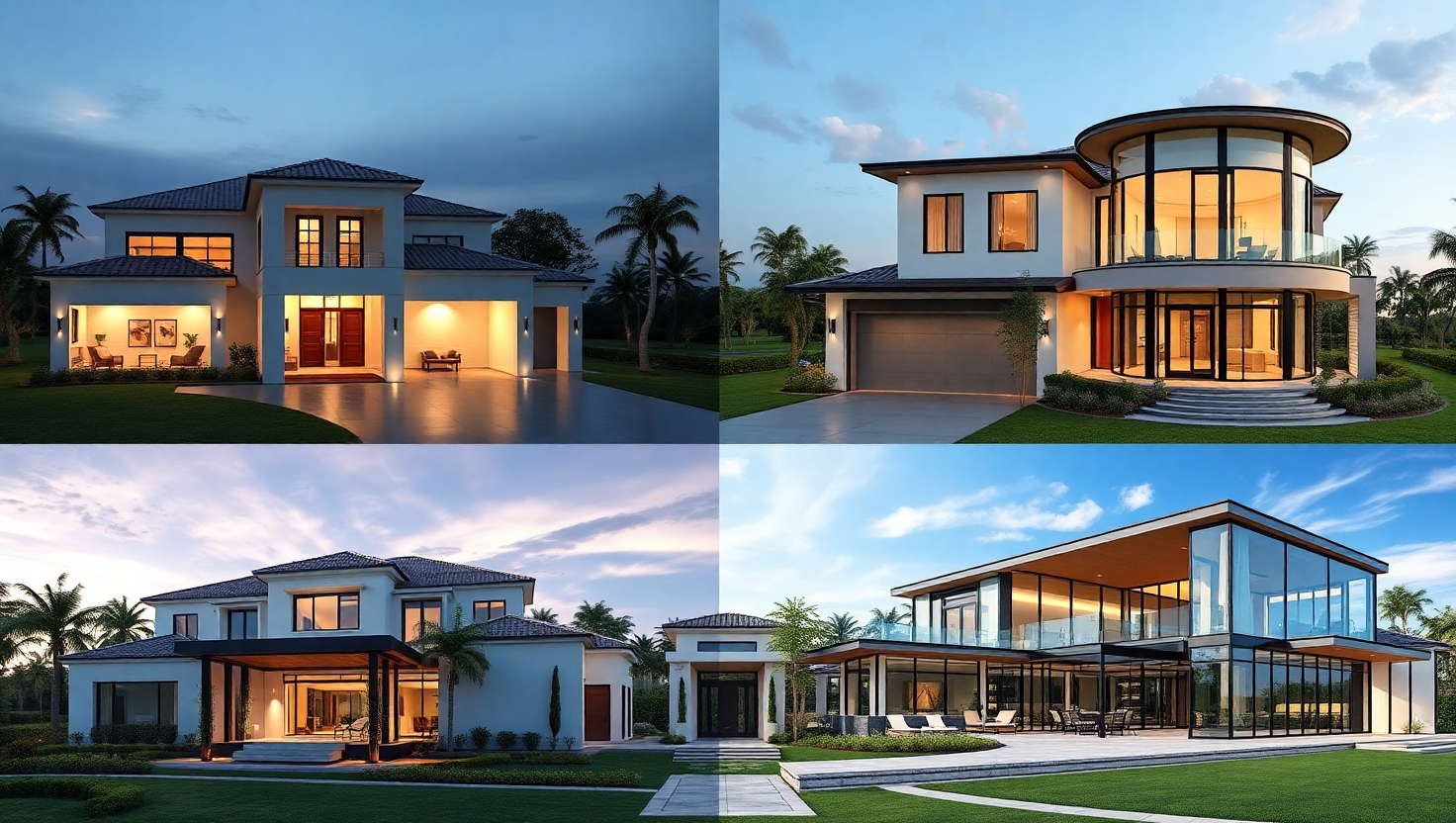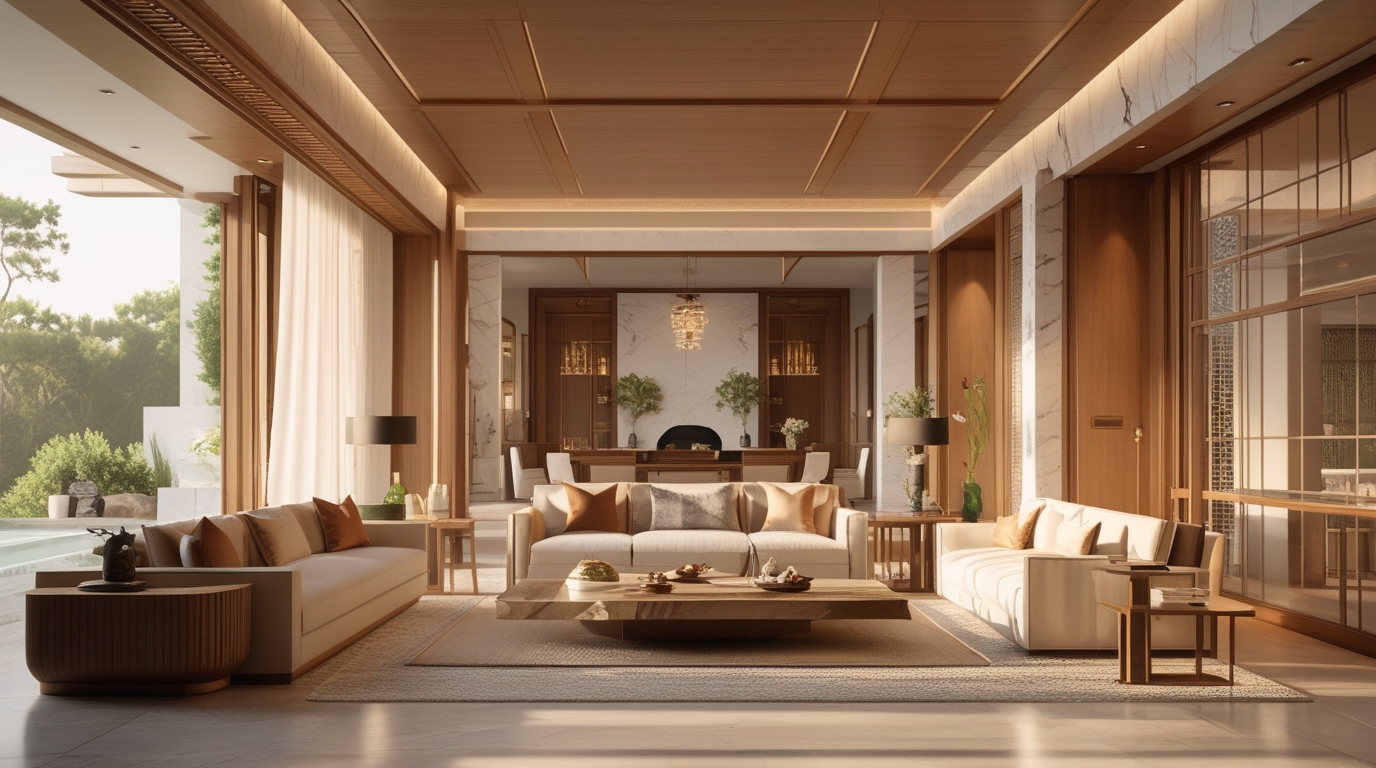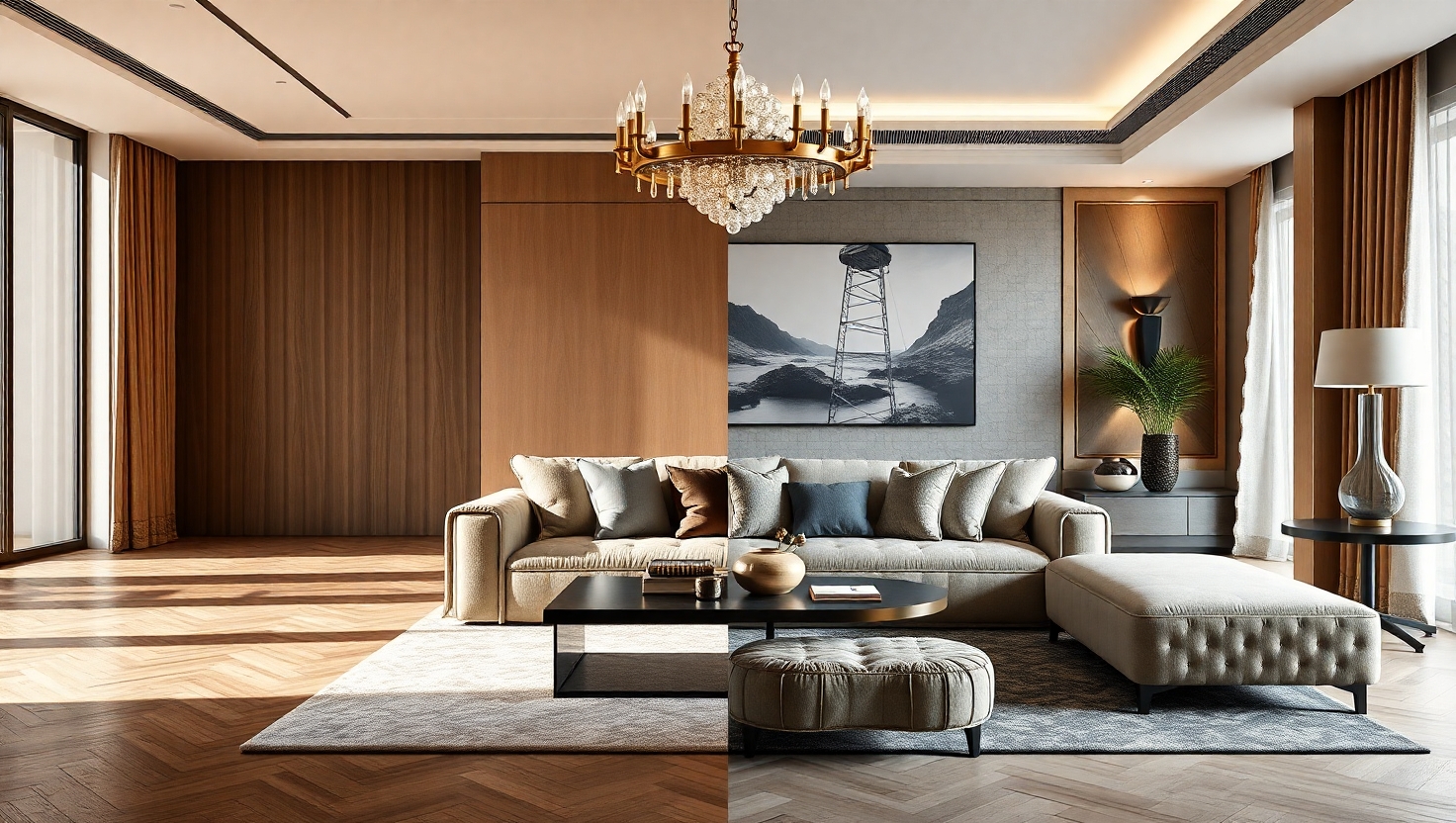Can Luxury and Sustainability Coexist?
In years gone by, the idea of sustainability evoked images of rustic simplicity—homes built with recycled timber, furnishings sourced from second-hand shops, and aesthetics that leaned heavily on function over form. Luxury, on the other hand, represented indulgence, extravagance, and design without compromise.
But as global awareness of environmental responsibility grows—and as affluent homeowners become increasingly conscious of their impact—the boundaries have shifted. Today, the two concepts are no longer opposing forces. In fact, luxury and sustainability not only coexist—they elevate each other.
This article explores the evolution of sustainable luxury, how eco-consciousness is shaping modern high-end homes, and why sustainability is becoming the new gold standard for affluent Australian living.
The Shift: Why Sustainability Is No Longer Optional
Environmental impact is now a central concern for discerning homeowners. Climate change, resource depletion, and ethical sourcing are no longer niche concerns; they are defining considerations in architecture, design, and purchasing decisions.
Affluent homeowners are in a position to lead the way. With the means to choose premium materials and demand greater transparency, they’re reshaping what luxury means—prioritising not only beauty and comfort but also responsibility.
Consumers now ask:
- Where was this timber sourced?
- Were the artisans paid fairly?
- What’s the carbon footprint of this imported stone?
- Can this piece be recycled or repurposed?
The Exclusive Home has seen this first-hand: demand for ethically produced, long-lasting, and customisable luxury furniture has never been higher. As Peter Stewart, CEO, states:
“We don’t see sustainability as a limitation—it’s an opportunity. A way to create heirloom-quality furniture with integrity, purpose, and style.”
Redefining Luxury in the 21st Century
Luxury is no longer simply about price or prestige—it’s about values.
True modern luxury involves:
- Sustainable sourcing
- Craftsmanship over mass production
- Longevity over trends
- Transparency over opacity
- Health-conscious materials free of toxins or harmful VOCs
Take custom furniture: it’s inherently more sustainable. Rather than purchasing mass-produced items made offshore in questionable conditions, bespoke pieces from The Exclusive Home are made-to-order locally, reducing waste, minimising overproduction, and ensuring superior longevity.
This isn’t about compromise. It’s about enhancement—furnishings that are more personal, more beautiful, and built to last generations.
The Role of Bespoke Furniture in Eco-Luxury
Bespoke design naturally supports sustainability. At The Exclusive Home, each piece is created to client specifications using carefully selected materials—from FSC-certified timber and ethically sourced leather to outdoor fabrics treated to endure Australian climates without the need for harsh chemicals.
Consider the benefits:
- Built to fit perfectly – reducing the need for future replacements.
- Higher quality materials – which age gracefully and retain aesthetic appeal.
- Customised finishes and fabrics – minimising waste and overstocking.
- Australian-made production – reducing transport emissions and supporting the local economy.
When furniture is crafted with intention, sustainability becomes intrinsic to its value.
Sustainability Without Aesthetic Sacrifice
There’s a long-standing myth that sustainability means giving up elegance, comfort, or artistic freedom.
But modern eco-luxury design proves otherwise. High-end interiors now blend sophistication with environmental consciousness through:
- Low-emission paints and finishes that offer the same stunning sheen
- Reclaimed timber repurposed into breathtaking statement pieces
- Natural fibres and fabrics that feel exquisite and breathe beautifully
- Energy-efficient lighting that enhances architectural detail
These choices not only reduce environmental impact but create a home that feels fresh, organic, and welcoming.
With The Exclusive Home, sustainability is not a side note—it’s interwoven into every element of design and production.
Case Study: An Outdoor Entertaining Space Reimagined
One homeowner in the Southern Highlands recently collaborated with The Exclusive Home to create an outdoor entertaining area with minimal environmental impact but maximum visual impact.
What they chose:
- Aluminium outdoor settings made from recyclable frame materials
- Upholstery with weather-resistant, non-toxic, fade-proof outdoor fabrics
- A teak dining table using FSC-certified wood
- LED strip lighting with smart controls to reduce power usage
The result? A spectacular open-air dining and relaxation zone that not only looks luxurious—it embodies the future of responsible outdoor living.
High-End Homeowners Are Driving the Change
Interestingly, it’s often the luxury homeowner who is the most determined to reduce their environmental footprint. Not through deprivation—but through better choices.
These clients expect:
- Full disclosure on sourcing
- Sustainable alternatives to traditional materials
- Assurance of ethical production
- Durable design that doesn’t feed into fast furniture trends
They want timeless, not trendy. Craft, not convenience. Sustainability, not short-term gain.
And with companies like www.theexclusivehome.com.au answering the call, for luxury furniture
Common Misconceptions—Dispelled
Let’s address a few widespread myths about sustainability in luxury homes:
1. Sustainable means boring or rustic.
Not at all. Luxury eco-friendly interiors can be richly layered, artful, and contemporary.
2. Sustainable materials are low quality.
On the contrary, many sustainable materials—like responsibly harvested teak, bamboo, linen, and wool—are far more durable and luxurious than their synthetic counterparts.
3. Luxury eco-design is limited in style.
Custom design ensures endless possibilities, from modern minimalist to classical European.
4. You have to sacrifice performance.
With today’s innovations, sustainable solutions often outperform traditional ones, particularly when it comes to fabric performance, insulation, and durability.
The New Pillars of Sustainable Luxury Design
Here are the core principles for anyone aiming to merge sustainability with upscale interiors:
1. Material Integrity
Use natural, renewable, or recycled materials—like rattan, FSC-certified timbers, low-impact textiles, and aluminium with a circular life cycle.
2. Longevity
Opt for pieces that are timeless in design and durable in construction.
3. Ethical Sourcing
Work with makers and suppliers who ensure fair trade and responsible harvesting.
4. Healthy Homes
Prioritise non-toxic finishes, low-VOC adhesives, and hypoallergenic materials.
5. Local Production
Buy Australian-made wherever possible, reducing environmental impact and supporting community craftsmanship.
A Better Investment in the Long Term
While upfront costs may be slightly higher for eco-conscious luxury furniture, the long-term value far outweighs the expense.
Benefits include:
- Extended lifespan
- Lower maintenance costs
- Enhanced resale value of the home
- Improved indoor air quality
- Contribution to sustainable global practices
And let’s not forget the immeasurable reward of living in a space that aligns with your values.
Partnering with The Exclusive Home for Your Eco-Luxury Vision
If you’re renovating, building new, or simply refreshing your interiors, consider choosing furnishings and materials that not only elevate your lifestyle but also reflect care for the world we inhabit.
The Exclusive Home offers a wide range of bespoke indoor and outdoor luxury furniture, combining artistry, ethical craftsmanship, and environmental responsibility.
With:
- Custom-made designs in hundreds of materials and finishes
- Weather-tough outdoor collections built for the Australian climate
- Furniture never mass-produced or off-the-shelf
- A commitment to transparency and sustainability in every order
It’s never been easier—or more rewarding—to design a high-end home that honours both luxury and the planet.
Final Thoughts
Can luxury and sustainability coexist? Absolutely.
The real question is: can we afford not to unite them?
As the world turns towards conscious living, your home can be both an indulgent sanctuary and a statement of purpose. With thoughtful design, careful selection, and trusted partners like The Exclusive Home, every space you create becomes part of a better future.

